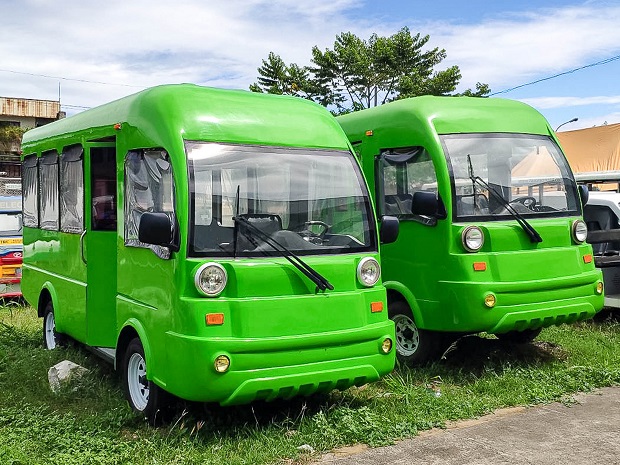As the government pushes for the modernization of public utility jeepneys (PUJs), the Department of Science and Technology (DOST) is asking the public to look into electricity and liquefied petroleum gas (LPG)-powered public utility jeepneys as viable alternatives to support sustainable transport fuel diversification.

Enrico Paringit, executive director of the DOST’s Philippine Council for Industry, Energy and Emerging Technology Research and Development (PCIEERD), made the pronouncement as the government extended the deadline for the modernization of jeepneys to December 31, 2023.
Paringit said alternatives are available for licensing from researchers and can now be availed by the Filipino people.
“These modernized Kings of the Road complies with regulations and are in tune with the government’s thrust towards e-vehicles and other forms of mass transportation. We are optimistic that this upgrade will redound to greater benefits for our citizens,” he said.

Photo from DOST
The 23-seater electric jeepney are compliant with the Philippine National Standard (PNS) and was developed in partnership with the Electric Vehicle Association of the Philippines (EVAP).
The DOST said the e-jeepneys are powered by lithium-ion batteries with zero emission and no noise pollution, making it an environmentally friendly alternative to the diesel-fed traditional jeepneys.
Furthermore, the e-jeepney has a range of 55 kilometer per full charge and a dashboard panel that includes a button to open and close the side door, an emergency button that disables the vehicle, and the standard LED display that shows speed and remaining range.
The e-jeepney has non-metallic body materials that are excellent insulators with high resistance to corrosion and chemicals, according to the DOST.
To address range anxiety, the e-vehicle’s proponents have developed a battery charging system along with a workable operations template that involves fleet operations and the collection of daily loan amortization.

Photo from DOST
On the other hand, the LPG-powered jeepney was developed by the University of the Philippines National Center for Transportation Studies. Its modern Bi-Fuel operation allows it to run on both LPG and gasoline via a changeover switch.
The 18-seater PUV features seat partitions to prevent passenger compression, distributed and easy access PUV stop buttons, a rear emergency exit door, digital route signage, a cashless payment system, a CCTV camera system, and a dashcam.
The vehicle also has a cabin public address system for passenger convenience, as well as a ramp that can be used to aid persons with disabilities (PWDs).




